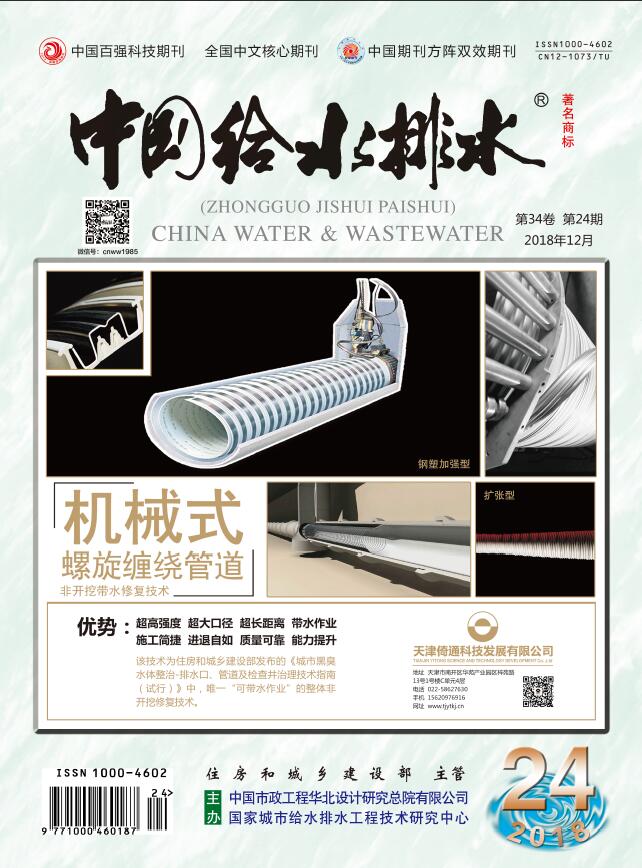LIANGXiao-jun,LIQiu,WANGZhi-yu,et al.Removal and Optimization of Emerging Contaminants by Conventional Treatment Processes in Waterworks[J].China Water & Wastewater,2025,41(13):56-62.
Removal and Optimization of Emerging Contaminants by Conventional Treatment Processes in Waterworks
China Water & Wastewater[ISSN:1000-4062/CN:12-1073/TU]
volume:
第41卷
Number:
第13期
Page:
56-62
Column:
Date of publication:
2025-07-01
- Keywords:
- waterworks; emerging contaminants (ECs); powdered activated carbon; atrazine (ATZ); propisochlor (PPS)
- Abstract:
- In order to understand the effect of conventional processes on the removal of emerging contaminants in water sources, the emerging contaminants in the effluent from a waterworks in Guangzhou were tested. The results showed that the conventional process could effectively remove bisphenol A, 4-n-nonylphenol, ibuprofen, roxithromycin and sulfadimidine, and the removal rates were 86.24%-99.62%. However, the removal rates of atrazine (ATZ) and propisochlor (PPS) were only 1.18% and 29.93%, indicating that some new pesticide pollutants were difficult to be removed by conventional processes. The operation conditions of the waterworks were simulated and the removal effect of powdered activated carbon and its coupled flocculation technology on target contaminants was investigated. The results showed that the removal rates of ATZ and PPS could be significantly increased by adding 20 mg/L powdered activated carbon, reaching 66.97% and 67.84% respectively. The efficiency of powdered activated carbon coupling flocculation was lower than that of powdered activated carbon alone for the removal of most of the target contaminants, possibly because the floc was partially coated with powdered activated carbon, thereby reducing their contact. However, the ATZ removal effect (72.09%) of the coupled process was better than that of powdered activated carbon alone, possibly because the adsorption rate of ATZ by powdered activated carbon was faster than the flocculation settling rate, that was, the adsorption of ATZ by powdered activated carbon was preferred.
Last Update:
2025-07-01

